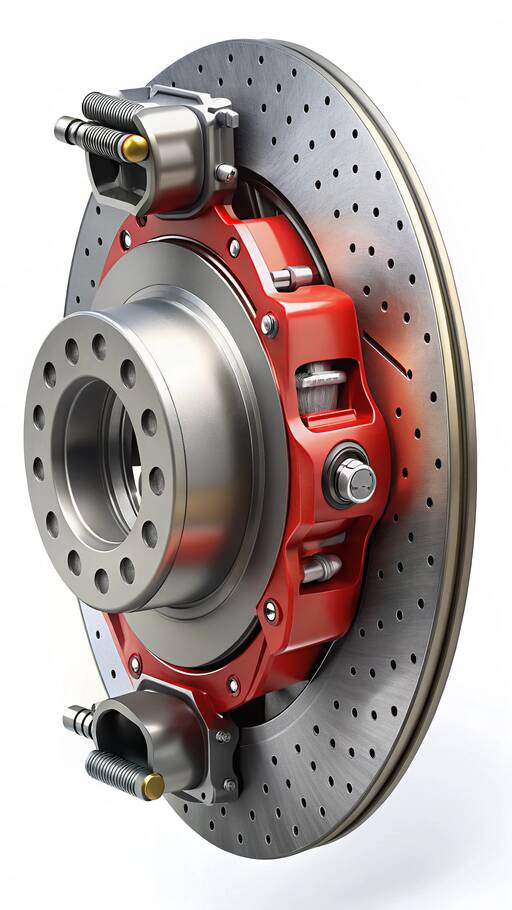
At Mercedes-Benz's R&D center in Sindelfingen, Germany, a pioneering brake system is being developed. By integrating the brakes into the electric drive unit, they aim to shift 200 pounds of unsprung mass from the car's corners. This shift can enhance ride quality and allow for more aerodynamic wheel designs. Moreover, housing the brakes in aluminum can capture brake dust, reducing pollution and maintenance needs.
Known as "in-drive brakes," this technology reverses traditional roles. In this system, stationary brake discs squeeze a spinning brake pad attached to the driveshaft. Coolant circulates through these brake discs to manage heat, which is crucial during hard stops that can require immense power to convert kinetic energy into heat.
To efficiently dissipate heat, these brakes require integration with the vehicle's largest cooling system. However, while batteries operate at 85°F and motors at 175°F, friction brakes reach 300°F. Ensuring the entire system remains within optimal temperature ranges poses a significant engineering challenge.
Every car retains a brake at each wheel. In two-wheel-drive models, the in-drive brake may be paired with traditional wheel-based brakes on the nondriven axle. Currently, this system is being tested in laboratories but hasn't yet been integrated into vehicles. Public availability remains several years away, if it materializes at all.
Summary: Mercedes-Benz is exploring a groundbreaking brake system for EVs that integrates brakes within the drive unit. This new design proposes weight redistribution, improved ride quality, and better aerodynamics. Key challenges include effective heat management to ensure all components operate optimally. The system is still in the testing phase, with no imminent rollout.